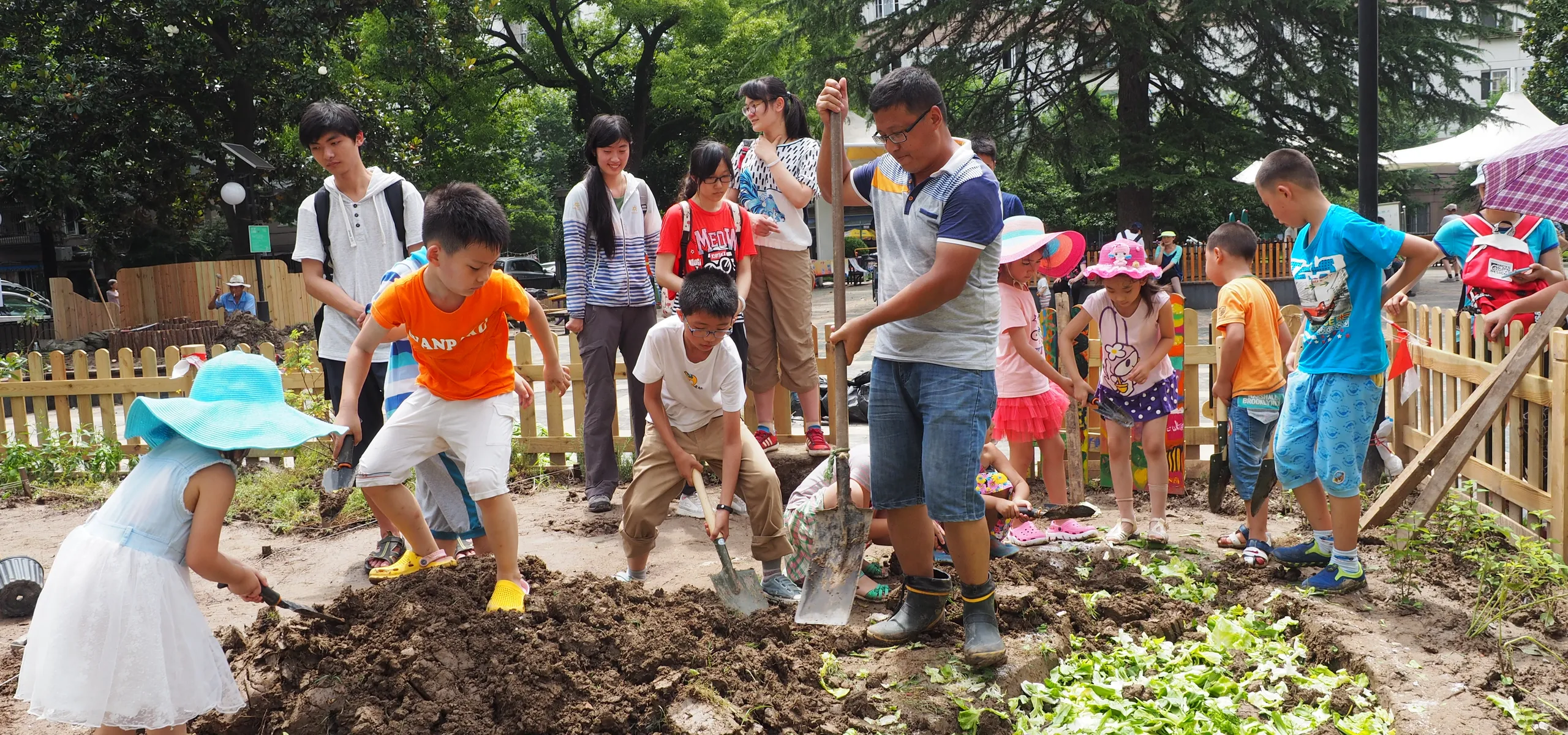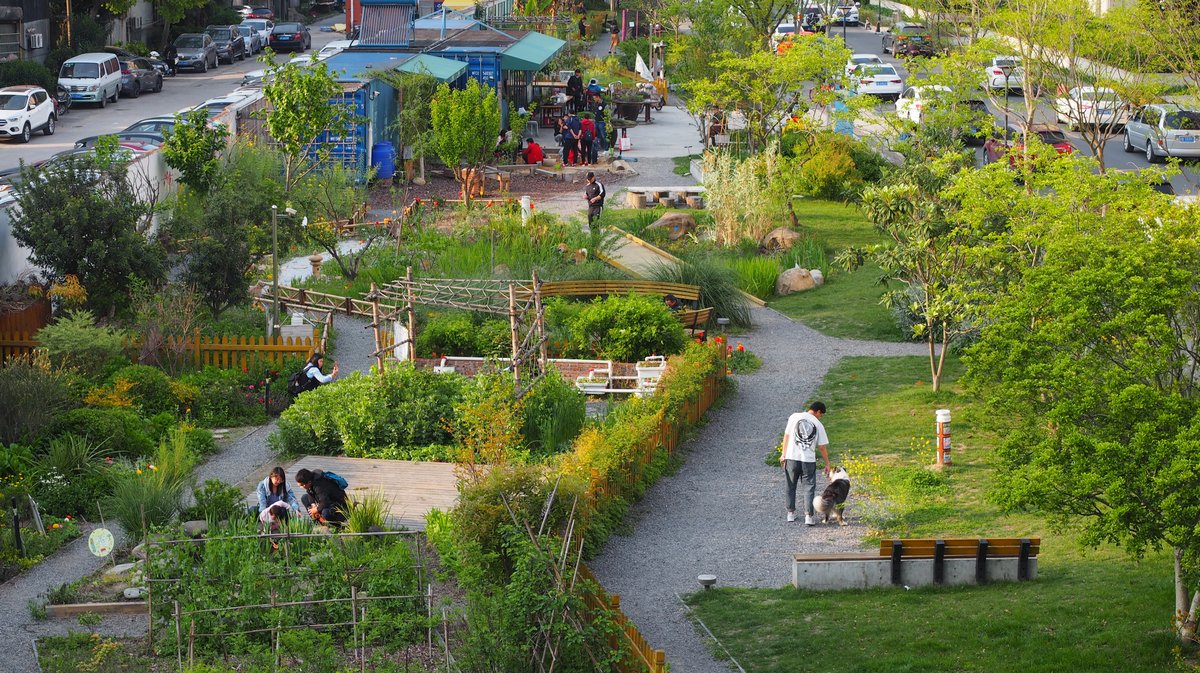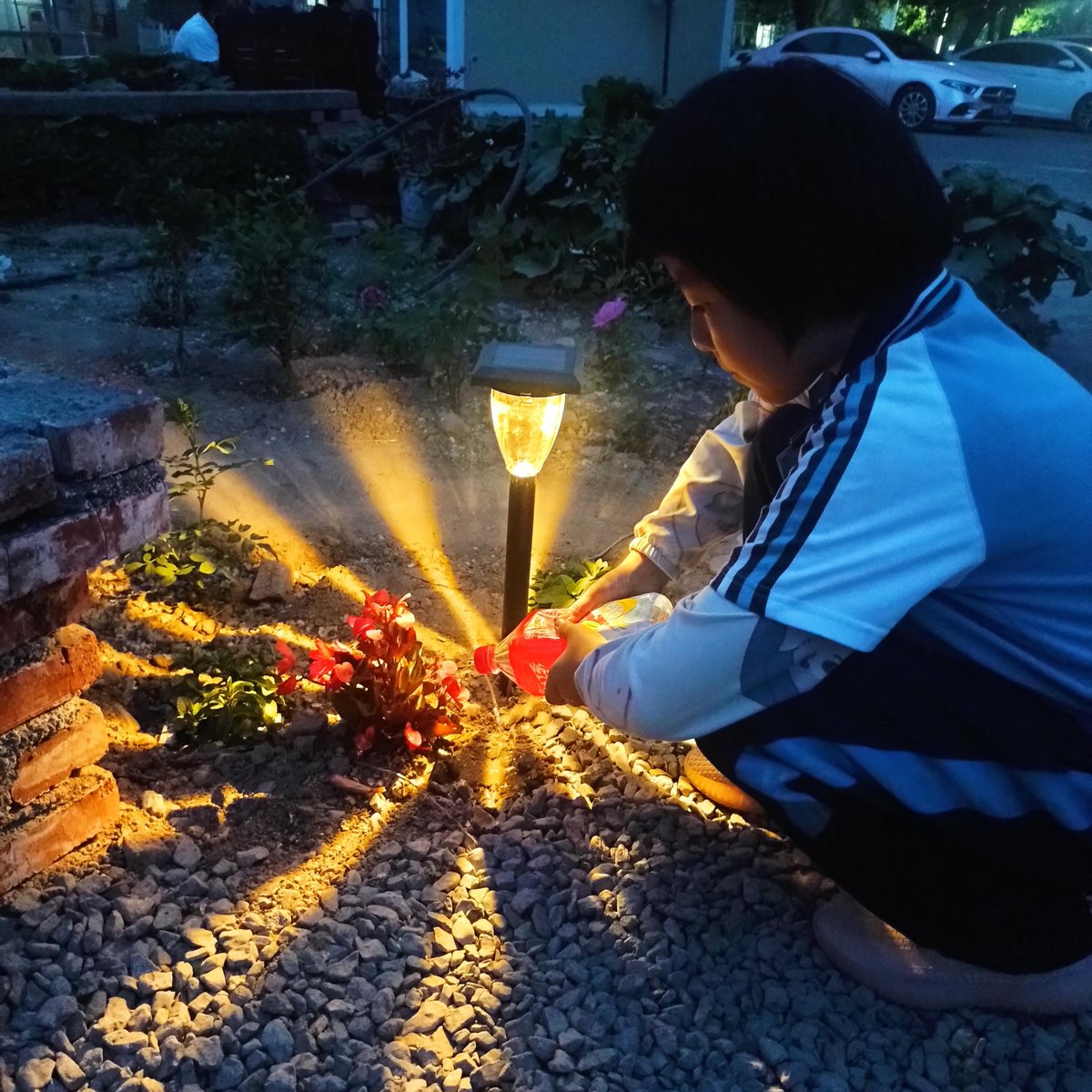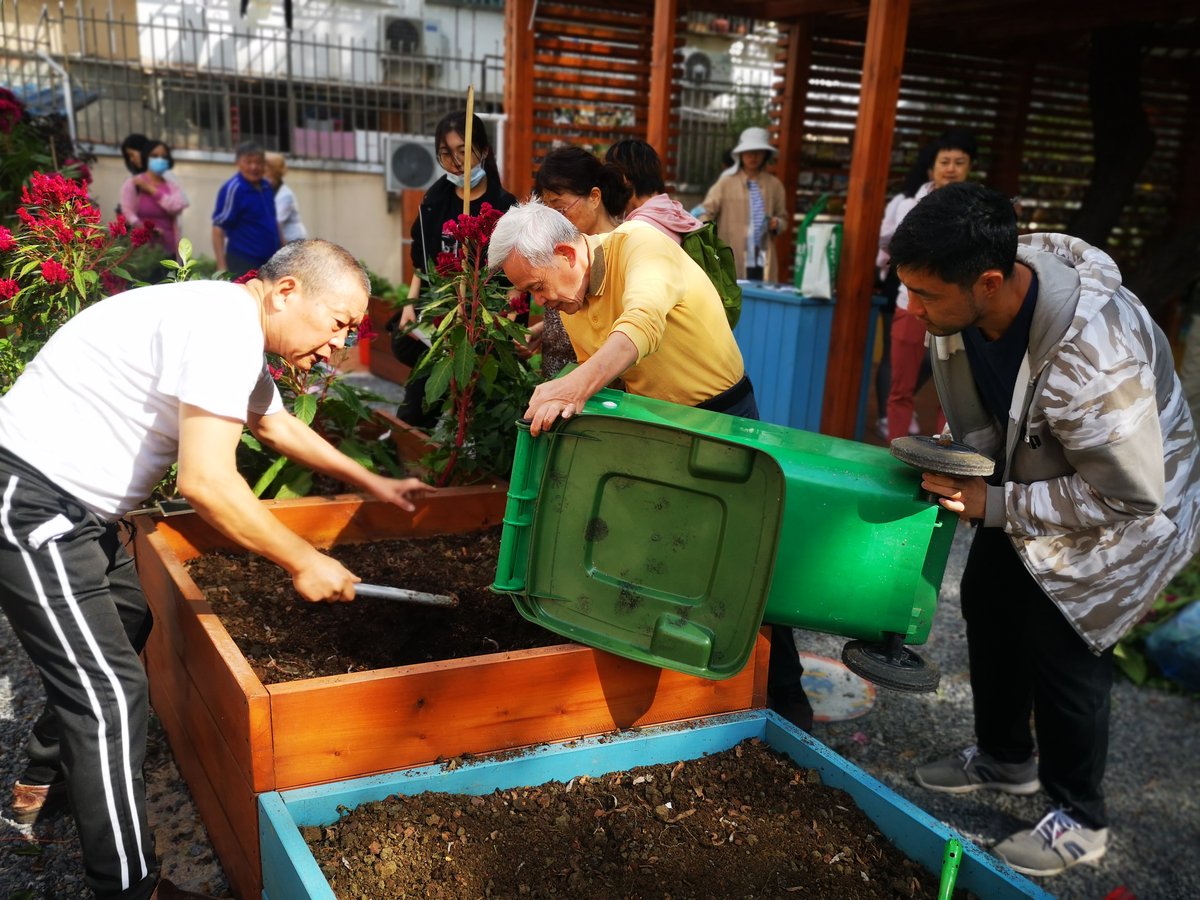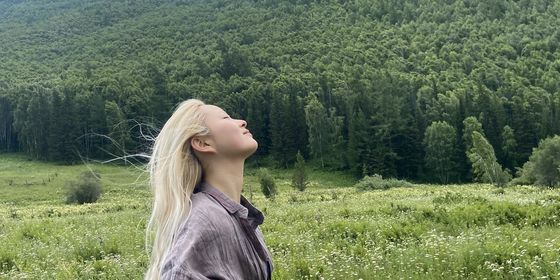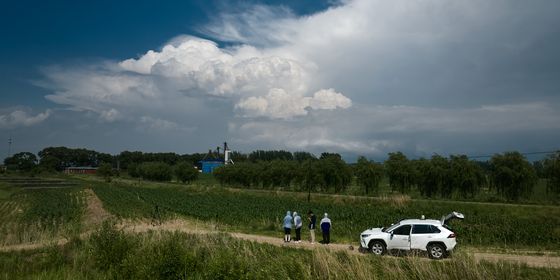One professor in Shanghai is helping to transform the country’s disused spaces into flourishing green oases, and with them a sense of community
At first glance, the cracked and faded concrete wall surrounding a restaurant in Xinjiang’s capital Urumqi seems an unlikely place to find a bustling hub of creativity. And yet it’s here that children, chefs, retirees, and college students have gathered to sketch flowers and roosters, and plant peppers, tomatoes, and figs. This “oasis project” is the brainchild of Liu Yuelai, a professor at Tongji University’s College of Architecture and Urban Planning in Shanghai. “This ‘canvas’ has become a gathering area for about 30 Uyghur locals,” Liu explains, adding that the transformation has increased interactions between nearby residents as well as boosted the neighboring restaurant’s monthly revenue from 120,000 yuan to 180,000 yuan.
The initiative is just one of over a thousand community gardens headed nationwide by Liu, whose NGO Clover Nature School aims to revitalize neglected urban spaces—everything from decrepit construction sheds to disused hospital corridors—into verdant “urban farm communities” and reconnect residents with nature and their neighborhoods.
Liu co-founded the Shanghai-based initiative in 2014 after observing the many fountains and rock gardens in the city’s residential compounds that had fallen into disrepair; after an initial spell of use, a lack of centralized upkeep or shared responsibility means that communities often passively accept these features’ fates, and residents no longer reap enjoyment from them.
Learn more about urban life in China:
- Kinder Cities: Can China Make Urban Life Friendly for Children?
- 15-Minute City: Can It Solve Chinese Urban Sprawl?
- Building Blocks
Determined to reverse this process and bring new life to such spaces, Liu began approaching developers in the early 2000s with proposals to transform them into urban farms. Few embraced Liu’s ideas at the time, either finding them unappealing or deeming the turnover process too slow. Now, Clover Nature School boasts over 30 individuals who, after being enlisted by local communities, governments, or real estate developers, conduct workshops around the country and assist residents and volunteers in working on redevelopment projects in their neighborhoods.
Once a garden is completed, Liu’s team then helps to establish “seed libraries,” instructing on suitable crops and how to maintain various plants, in addition to providing essential gardening tools like shovels. In one Shanghai community garden, residents can also apply for one-square-meter plots where they’re free to plant vegetables of their choosing. Liu estimates it costs residents about 500 to 1,000 yuan to develop each square meter of arable land, and that of the gardens they’ve helped to establish so far, fewer than 10 percent have been abandoned across the country.
Through his work, the 52-year-old Liu has observed a growing number of people turning to farming as a way to relax. “It’s a form of reflection,” Liu tells TWOC, highlighting the contrast with modern society’s emphasis on efficiency and speed. “Everyone is striving to be faster, as per the prevailing values of society today. On the contrary, nature tells us that we don’t have to work relentlessly our entire lives. We can choose our own path, to exist like a tree, without worrying about whether we’re being useful or not,” says Liu.
Meanwhile, young Chinese are increasingly seeking respite from their daily grind by venturing to nearby parks to stretch out on the grass. The trend gained popularity on social media this spring with the hashtag “20-minute park effect” receiving over 3.8 million views on Weibo. The benefits of such breaks are well founded, with a recent study featured in the academic journal Nature Mental Health revealing that of 400,000 surveyed participants, those with more exposure to green spaces had a 16 percent reduced risk of depression and 14 percent reduced risk of anxiety.
As opposed to parks, which Liu views as standardized products designed for use with minimal public involvement, community gardens are the result of creativity and labor, allowing residents to shift from observers to participants. By doing so, they “build connections with the land and people,” thus working to rebuild the community and their sense of belonging.
Reflecting on a specific garden project in Shanghai in 2022, Liu recalls how locals became acquainted with Uncle Ma, the guardian and resident of an adjacent bicycle repair shed. “If you didn’t ride a bicycle or e-bike, you wouldn’t have had any dealings with him your whole life,” explains Liu. “But when locals worked together in this garden, they would think about where he came from, and began to view him as a team member.” According to Liu, locals later learned that Uncle Ma, now in his 60s, has been working in the community for over a decade, and that his daughter lives in a nearby compound. When Uncle Ma faced the risk of losing his job, locals rallied to help him find a new position. “Through this small garden, we saw the community’s resilience and care. From a seed to the small system that was eventually established, it was enough to resist the fragility (of the situation),” says Liu.
For Liu, nature doesn’t require a distant place. “It could be a crack, a balcony, or downstairs. If (nature) doesn’t exist, you can cultivate it yourself,” he says. “You will be more motivated and relaxed. It will also create a sense of connection between people that you maybe don’t know. When someone invites you to dig a hole or plant a tree together, it establishes trust,” Liu adds.
In total, Liu aims to create 2,040 community gardens in Shanghai, forming a green network that would cover approximately 70 percent of the city’s neighborhoods. Armed with the belief that nearly anywhere can be transformed into a plot of fertile land and driven by a wish to kindle community spirit, he and his team are helping to plant the first seeds of change—all we now need to do is choose a space.
Seeds of Change: Transforming China’s Abandoned Urban Corners is a story from our issue, “Back to the Wild.” To read the entire issue, become a subscriber and receive the full magazine.





